Who Really Invented the Rechargeable Lithium-Ion Battery?
Cars That Think
JULY 30, 2023
Fifty years after the birth of the rechargeable lithium-ion battery, it’s easy to see its value. And yet this transformative invention took nearly two decades to make it out of the lab, with numerous companies in the United States, Europe, and Asia considering the technology and yet failing to recognize its potential. at Oxford.

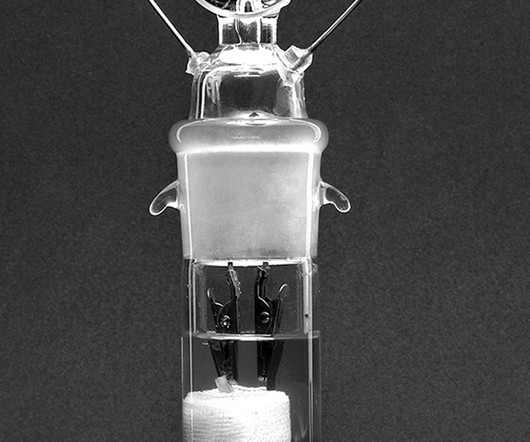





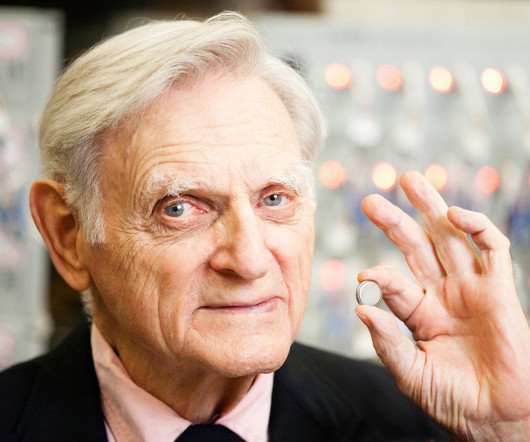







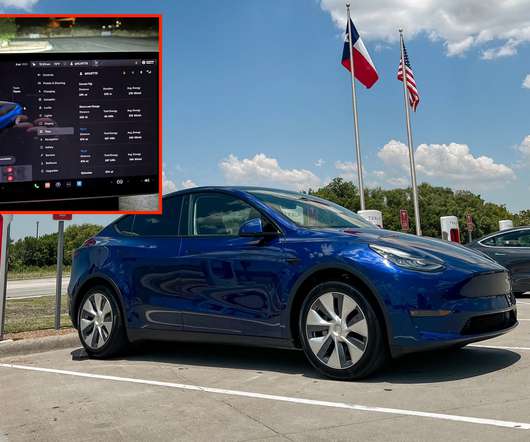


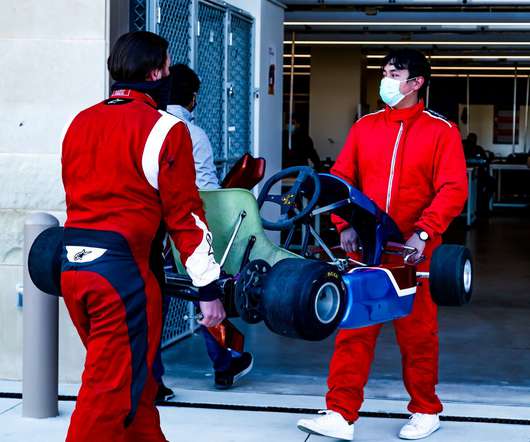








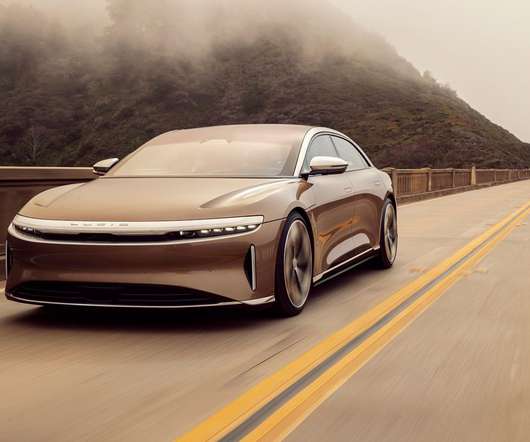










Let's personalize your content